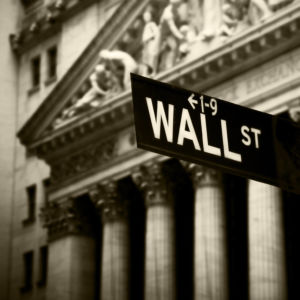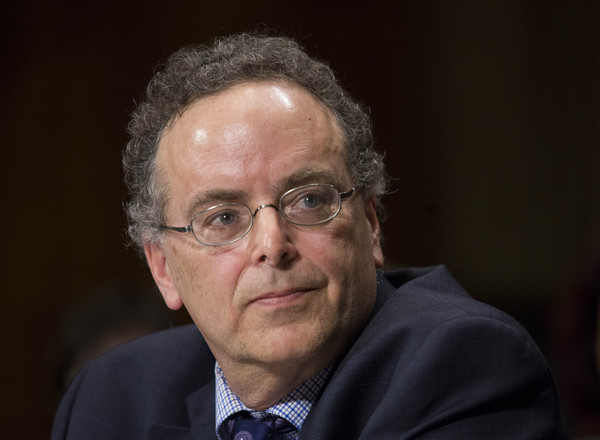To those unfamiliar with the Securities and Exchange Commission’s (SEC) highly successful whistleblower program, the news last month that the agency had awarded $279 million to a whistleblower may have come as a shock. While the size of the award did shatter records, it is far from the first multi-million dollar award paid out to a Wall Street insider. The record award is reflective of the way the SEC Whistleblower Program has revolutionized the policing of corporate fraud over the past ten-plus years by effectively incentivizing insiders to work directly with U.S. authorities.
Following the financial crisis of 2008, Congress recognized that the SEC needed new tools to snuff out fraud and protect investors. Over the previous two decades, the False Claims Act, which covers government contracting fraud, had shown the power of paying monetary awards to insiders who report wrongdoing. Thus, the Dodd-Frank Wall Street Reform Act included provisions establishing a whistleblower award program to incentivize and protect insiders reporting Wall Street fraud.
The way the program works is simple: if you voluntarily give the SEC information about fraud that allows them to sanction an individual or company, you get a cut of the sanctions. Through the program, qualified whistleblowers, individuals who provide “original information” that leads to a successful enforcement action of more than $1 million, are entitled to an award of 10-30 percent of the funds collected by the government. Whistleblower awards are paid out of a fund financed by sanctions paid by fraudsters turned in by whistleblowers; it’s a fully self-sustaining system that uses zero taxpayer dollars. Taxpayers and the victims of frauds always collect the vast majority of the fines and penalties obtained – but with each reward paid, Wall Street insiders learn of their right to anonymously report crimes and end up a winner.
The whistleblower who received the $279 million award thus played a critical role in exposing a massive fraud scheme. Because the award had to have been for between 10 and 30 percent of the total funds collected in the case, the U.S. government had to have collected between $930 million and $2.79 billion from the fraudsters. The exact details of the case, as well as the identity of the whistleblower, were not revealed by the SEC, as part of their commitment to protecting the confidentiality of whistleblowers, a key component of the whistleblower program.
The record whistleblower award comes on the heels of record years for the SEC Whistleblower Program, showing that the program is only growing stronger. In the 2021 and 2022 fiscal years, the program set records for the number of whistleblower awards paid, the total dollar amount paid to whistleblowers, and the number of whistleblower tips received by the agency.
Overall, the SEC Whistleblower Program has awarded more than $1 billion to over 300 individual whistleblowers and whistleblower tips have allowed the agency to recover over $6 billion from fraudsters, more than $1.4 billion of which has been returned to harmed investors.
The record $279 million award is not simply a marker of the SEC Whistleblower Program’s success; it serves a strong purpose of its own. Such a large, and widely publicized award sends a strong message to Wall Street that whistleblowers will turn you in. One of the key aspects of whistleblower awards is their deterrence on future frauds. Executives reading the headline of such a massive whistleblower award cannot help but think that one of their coworkers would happily report any wrongdoing to the SEC with the promise of multi-million dollar awards being dangled.
Wall Street fraudsters must be nervous. Who knows if one of their coworkers has already contacted the SEC with details of their fraud? And given the anonymity protections of the SEC Whistleblower Program, they will never know.
Yes, the whistleblower who received $279 million is a big winner. But the real winner is the American public. As former SEC Chair Jay Clayton said, the SEC Whistleblower Program “has been a critical component of the Commission’s efforts to detect wrongdoing and protect investors and the marketplace, particularly where fraud is well-hidden or difficult to detect.”


